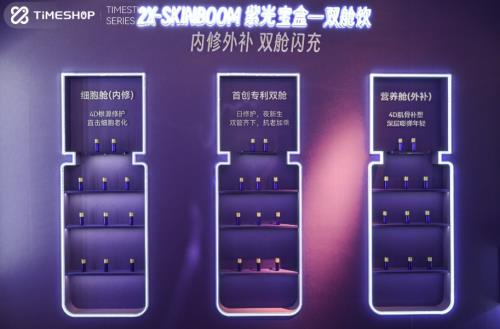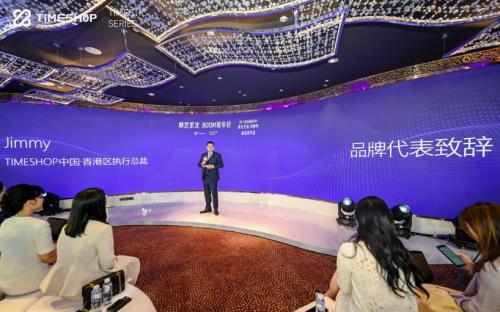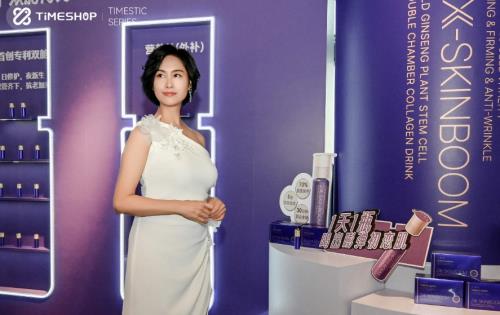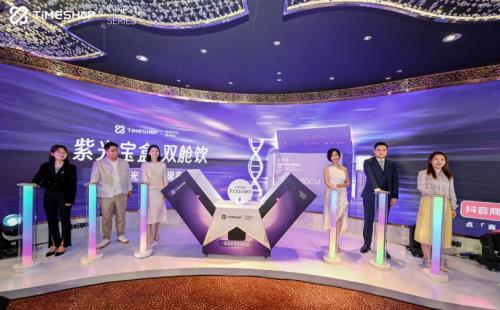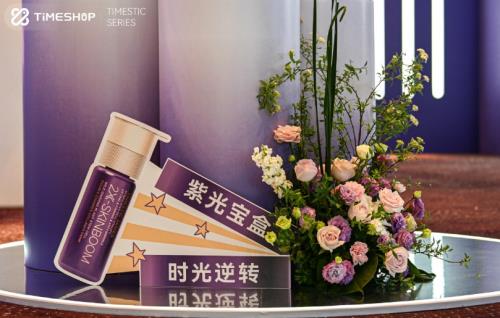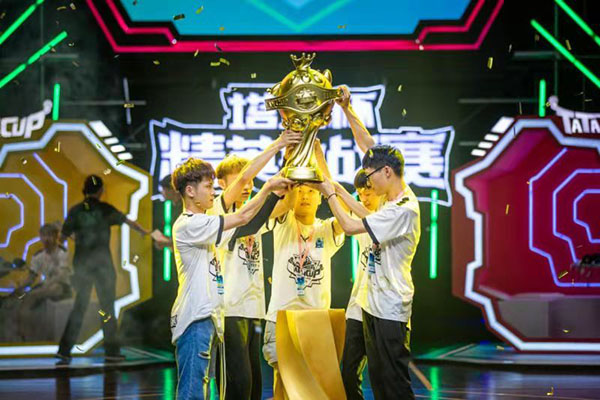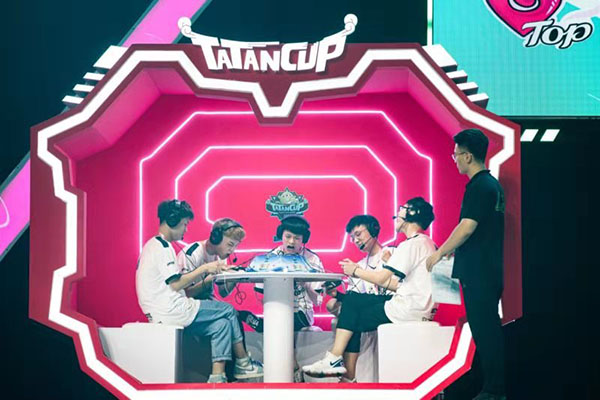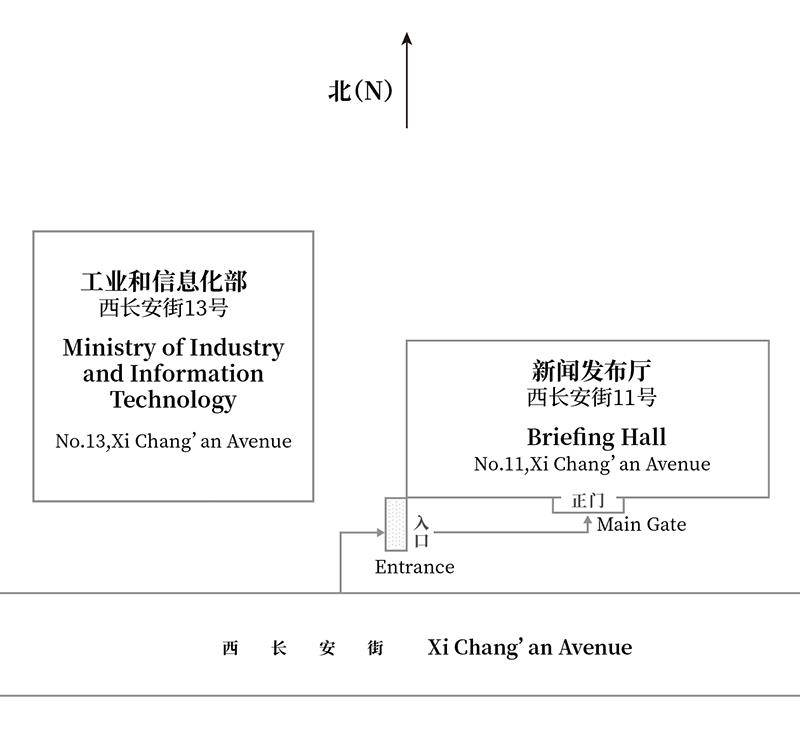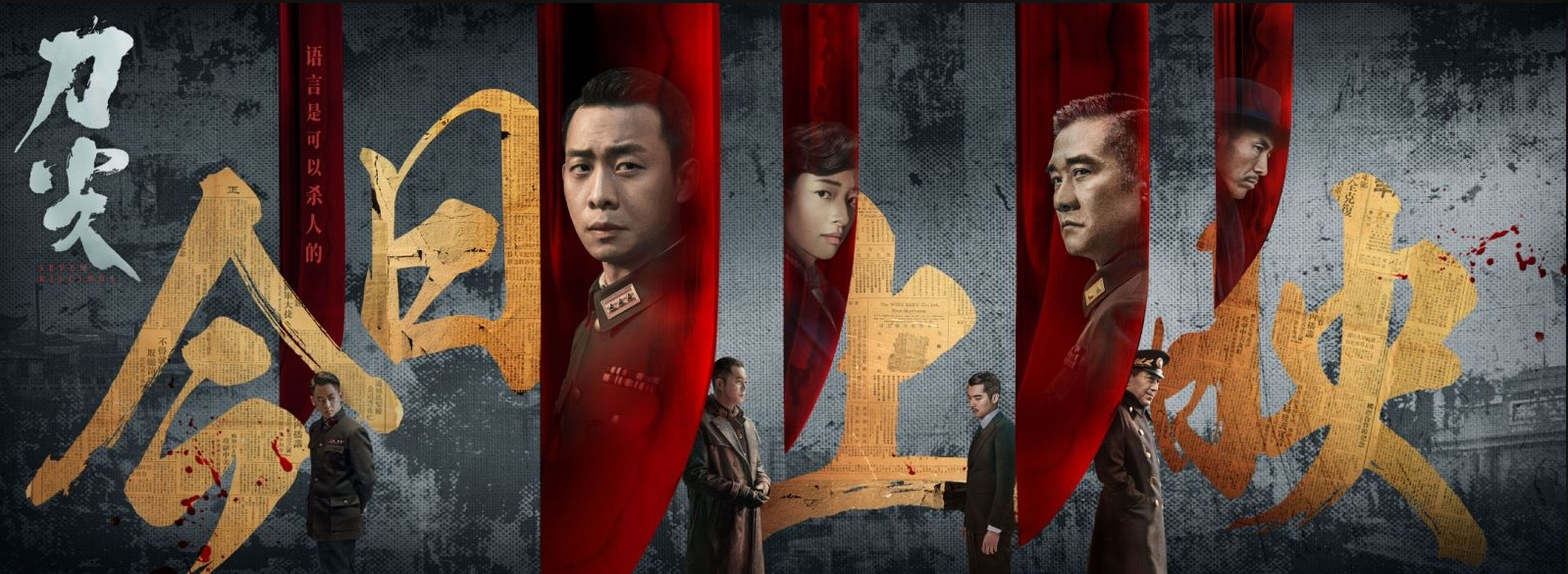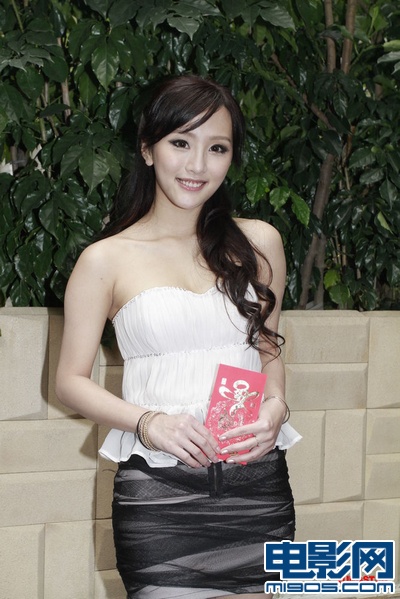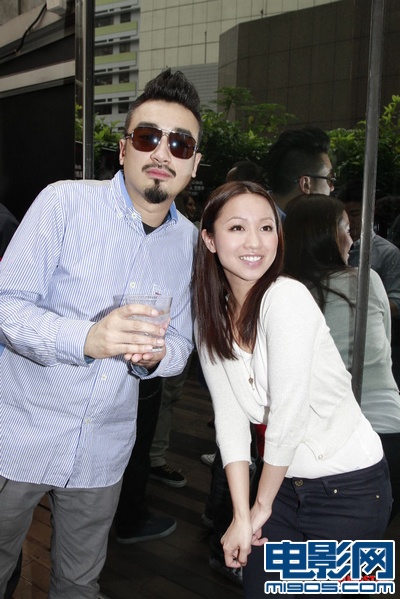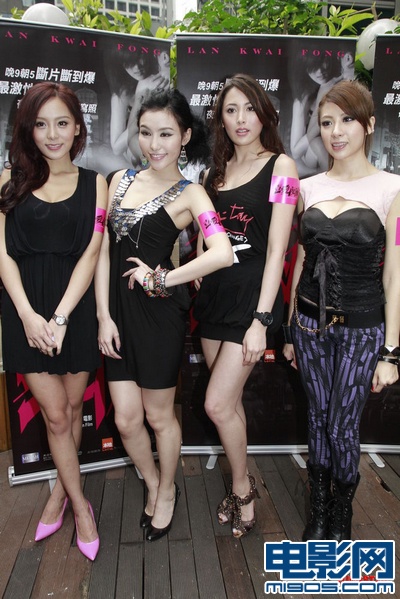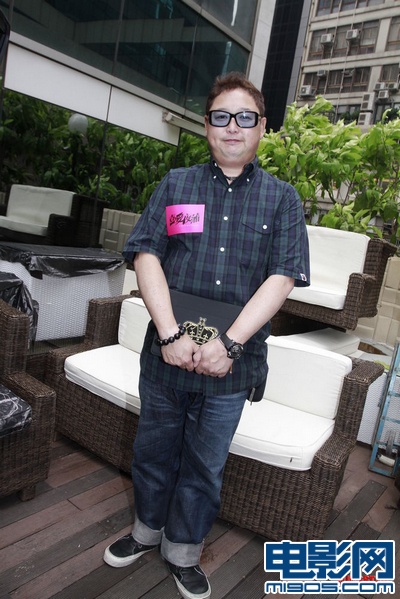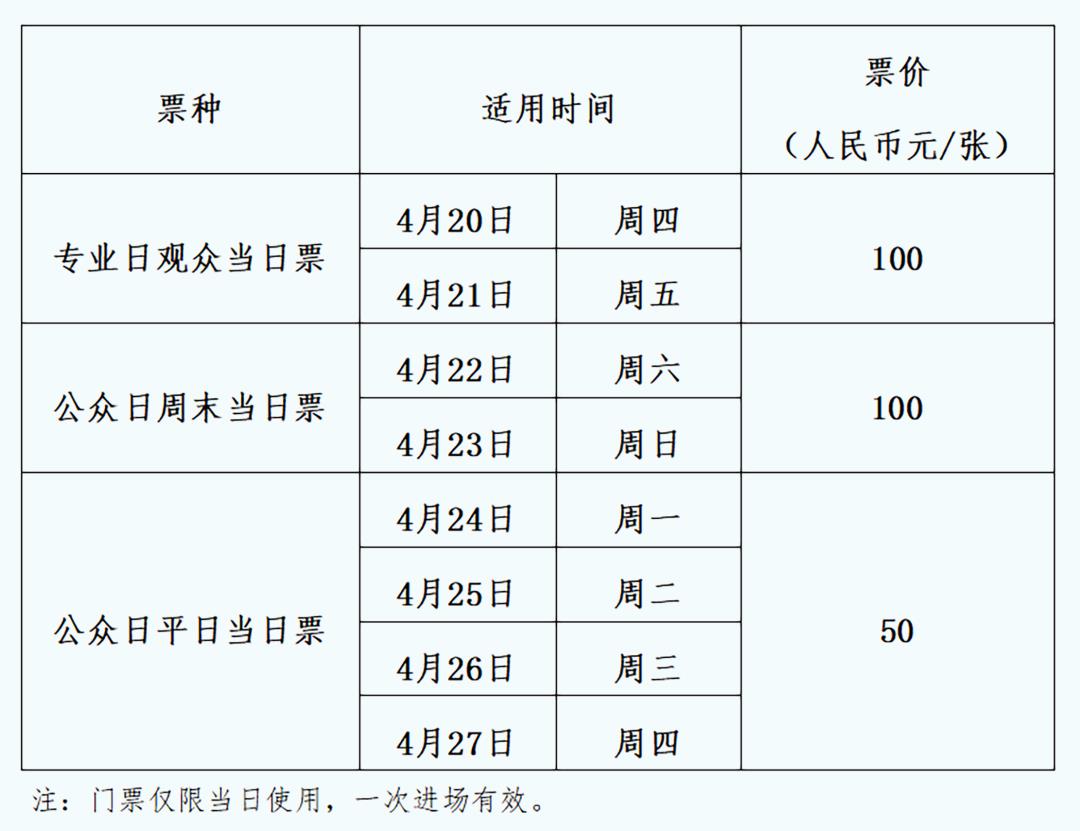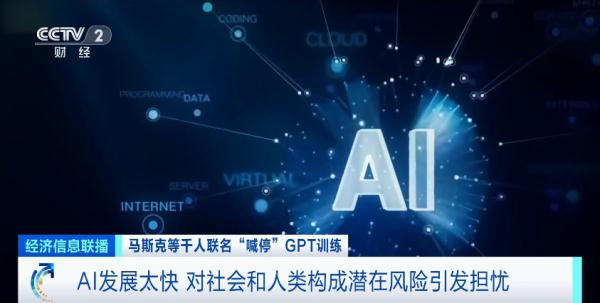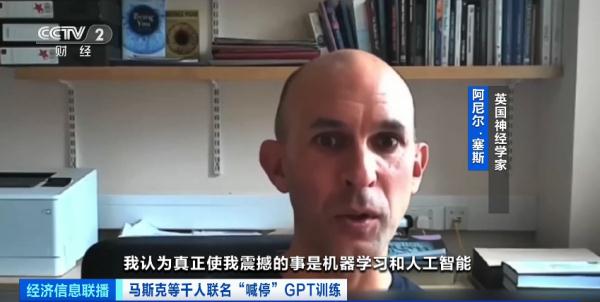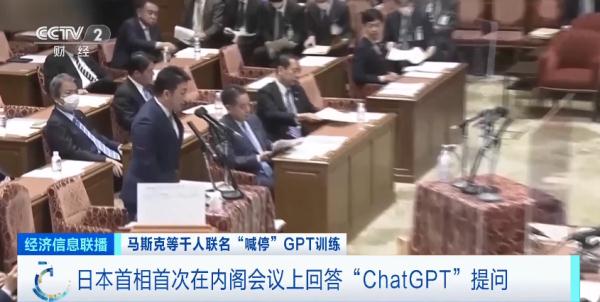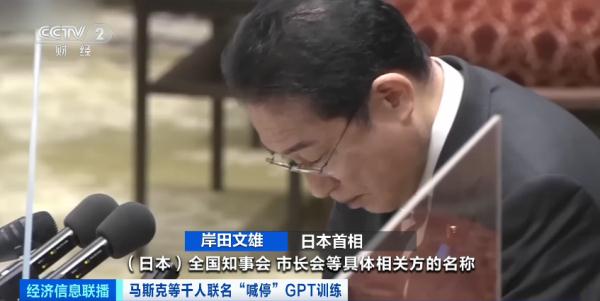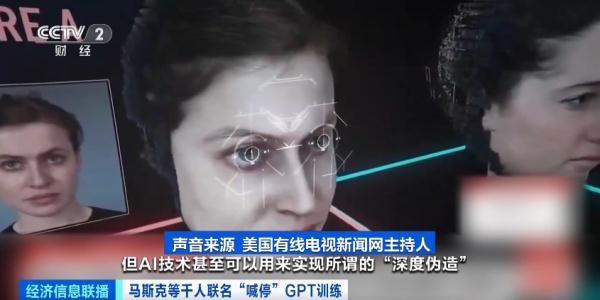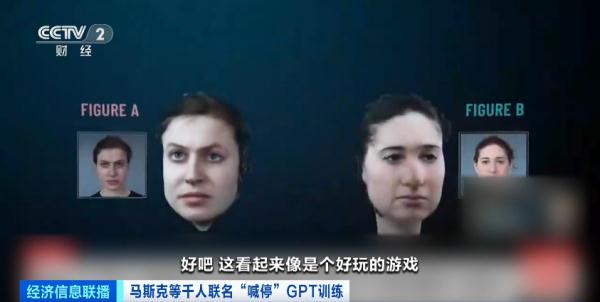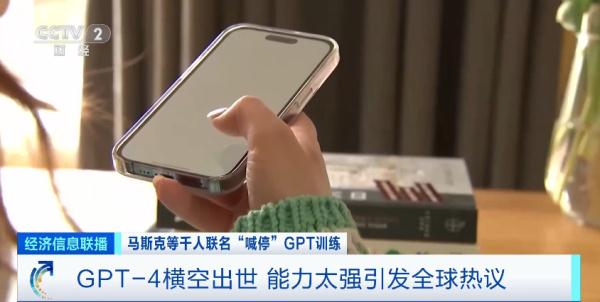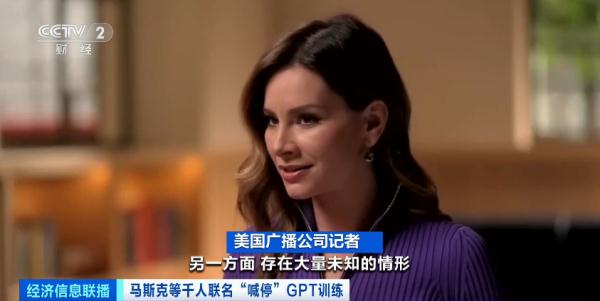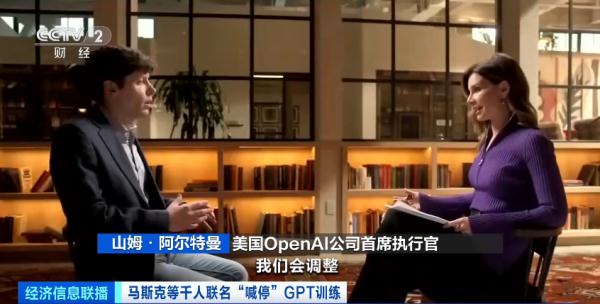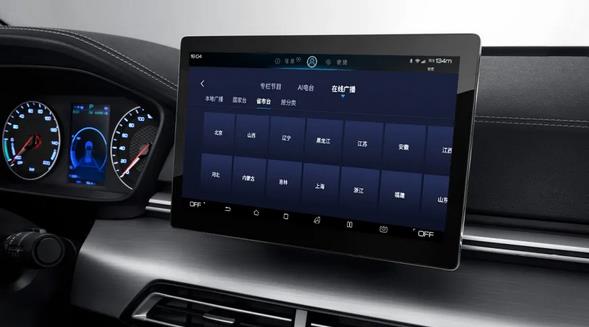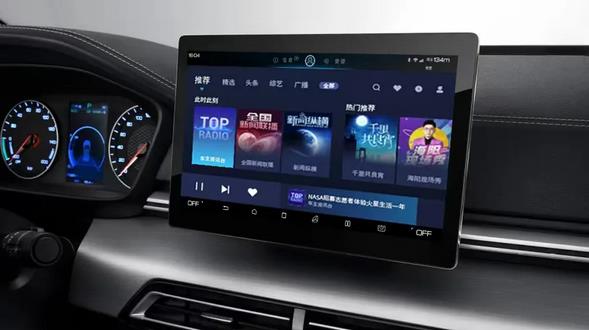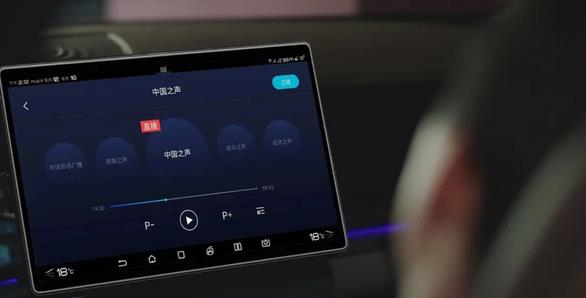Every reporter Li Xing, Dong Tianyi, every editor Cheng Peng.
At 7: 00 pm on March 28th (this Thursday), Beijing Yichuang International Convention and Exhibition Center, Rongchang East Street, Yizhuang, Daxing District, Beijing officially launched Xiaomi Automobile, which attracted great attention from the whole network, with a total of 9 colors.Lei Jun also shouted out Yu Chengdong’s famous sentence "Far ahead" at the press conference-saying that Xiaomi’s car life is "far ahead".
"national business daily" Every headline reporter (referred to as every headline reporter or reporter) saw it at the press conference.LI Li Xiang, Xpeng Motors He Xiaopeng, Weilai Automobile Li Bin, Great Wall Motor Wei Jianjun, BAIC Group Zhang Jianyong and many other automobile industry leaders came to join us. siteAbout 1200 people witnessed the official listing of Xiaomi SU7, the first car of Xiaomi.
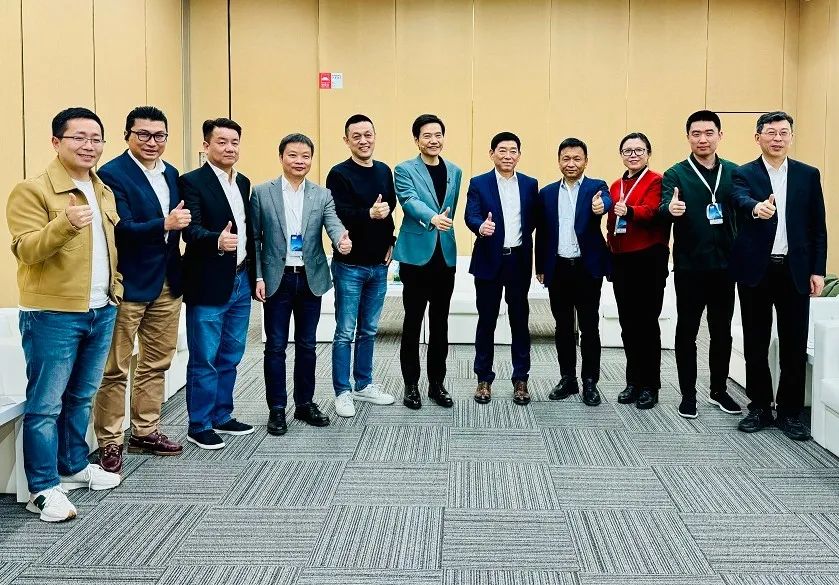
▲ Li Bin, Chairman of Weilai, He Xiaopeng, CEO of Tucki, Li Xiang, CEO of LI, Wei Jianjun, Chairman of Great Wall Motor, Zhang Jianyong, Chairman of BAIC, and other business leaders at the Xiaomi Auto Conference. Photo source: Photo courtesy of the company.
After all kinds of market quizzes, the price of Xiaomi automobile is yet we called and urged a thousand times before she started toward us! At the press conference, the price was finally officially announced. Lei Jun announced:
Xiaomi SU7 Standard Edition, priced at 215,900 yuan;
Xiaomi SU7 Pro version is priced the same as the new version of Tesla Model 3 Huan, 245,900 yuan;
SU7 Max, 299,900 yuan. The original price was 350,000 yuan, but the automobile market was too big, so the final price was 299,900 yuan.
Xiaomi SU7 has a long battery life, and the standard starting battery life is 700 kilometers under CLTC working conditions. Xiaomi SU7 Max version realizes 2s-class zero acceleration and 800km+ battery life at the same time.
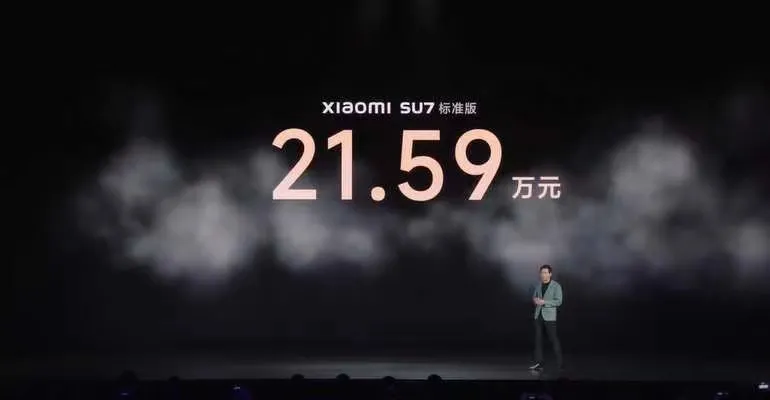
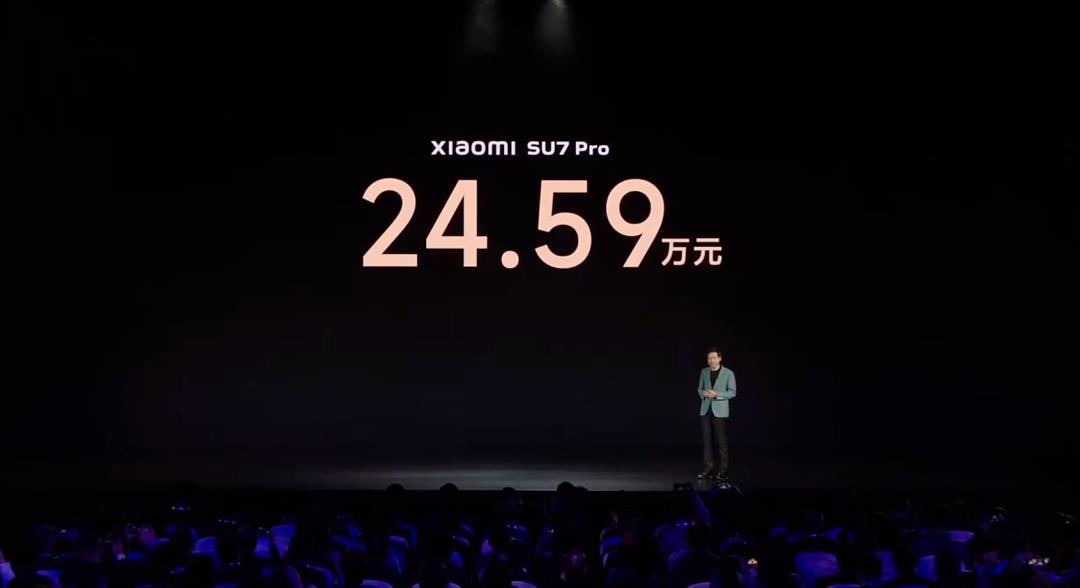
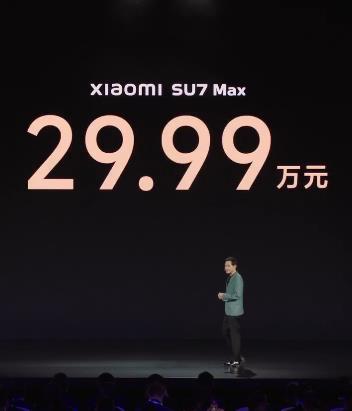
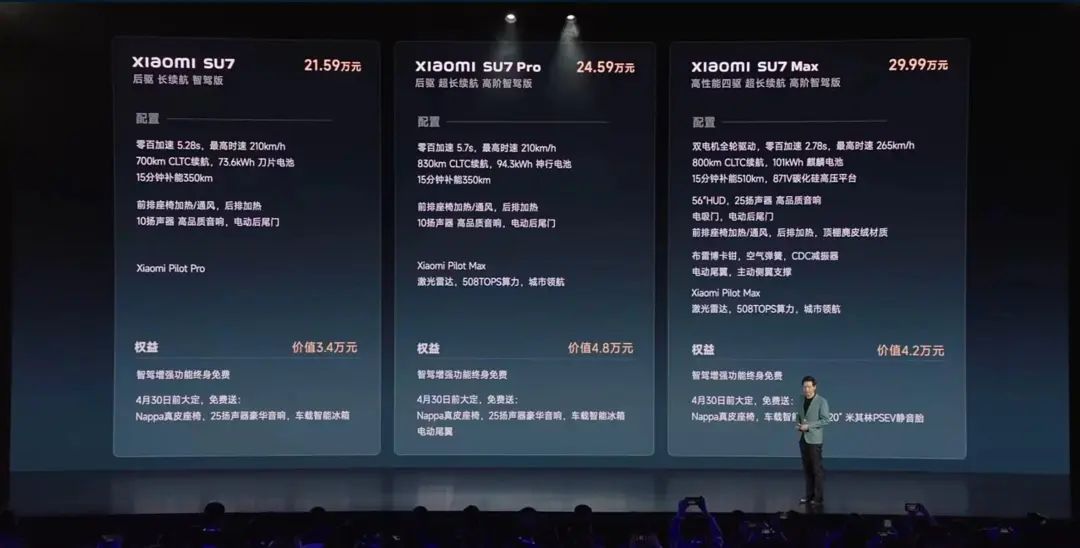
▲ Image source: Live screenshot
Since then, Xiaomi Auto has officially entered the "Red Sea" of China auto market. Known as "Bao Shi Mi" (meaning that it looks like a Porsche), can Xiaomi’s car be as big as Xiaomi’s mobile phone? Can the price announced at present sell well? In the face of BYD, LI, Xpeng Motors and other "celestial groups", how does "Bao Shimi" rank among the first camp?

"Marketing strategy is worth learning from all new and old players"

Before the opening of the conference, Lei Jun recalled himself three years ago. "Building a car by Xiaomi will be my last venture, and I am willing to put my life’s reputation on the line and fight for Xiaomi Automobile." Lei Jun said frankly that this sentence not only brought him courage, but also put great pressure on him. "In the past more than 1,000 days, I have been afraid every day. Today it is finally time to hand in my homework. It is impossible not to be nervous." Lei Jun said.
And this top-down tension reached its peak before the press conference began. The hour hand was set back for 24 hours. On the evening of March 27th, the Beijing Yizhuang Xiaomi Automobile Production Base was still brightly lit at night, and the atmosphere of "preparing for war" was strong.
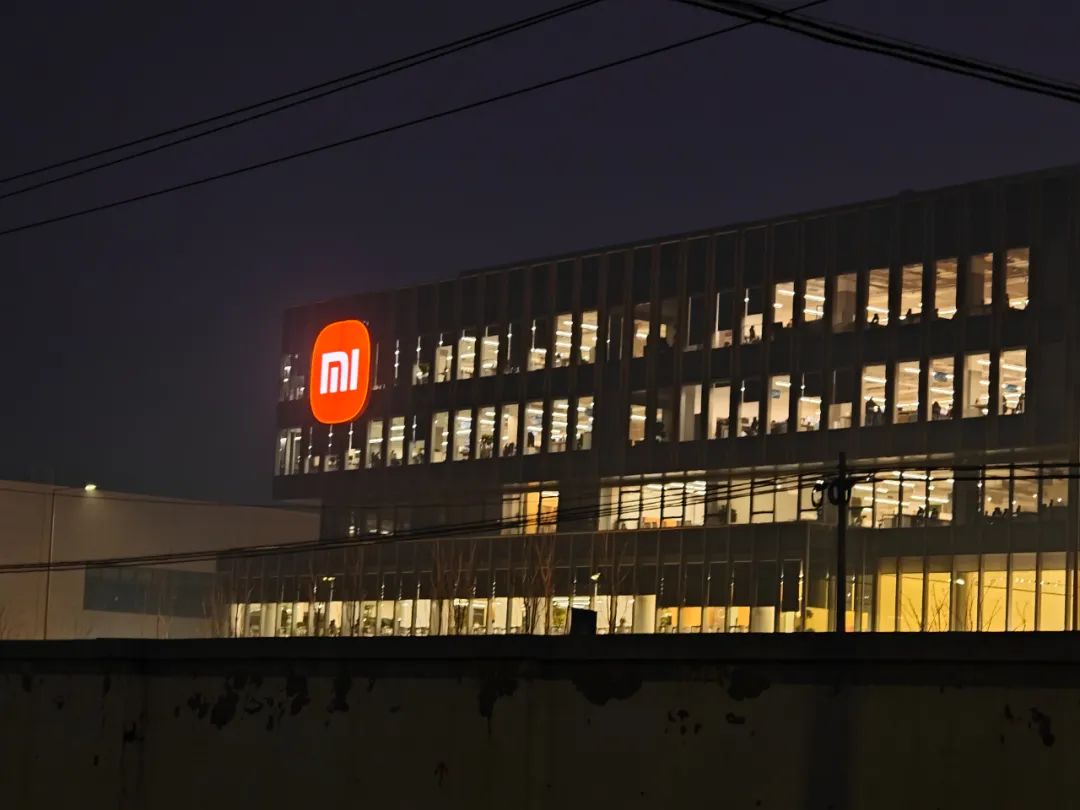
▲ On the eve of the conference, the office area of Xiaomi Automobile Production Base was brightly lit. Photo source: Dong Tianyi
Every eight hours after the headline reporter stayed here, the security personnel in the Ximen sentry box kept scanning everything outside the door, and any person and car who intended to approach might be "questioned". An olive-green millet SU7 was parked at the door. When the staff in the car saw the reporter take out his mobile phone, they quickly closed the door-24 hours later, the interior details of SU7 could not be decrypted.
"Don’t ask, don’t ask, we can’t say if we ask." On a row of trailers parked at the door, five millet SU7s are ready to go, and three of them are still covered with camouflage clothes. The trailer drivers told reporters that these cars "seem to be pulled for activities", but the specific location "can’t be said".
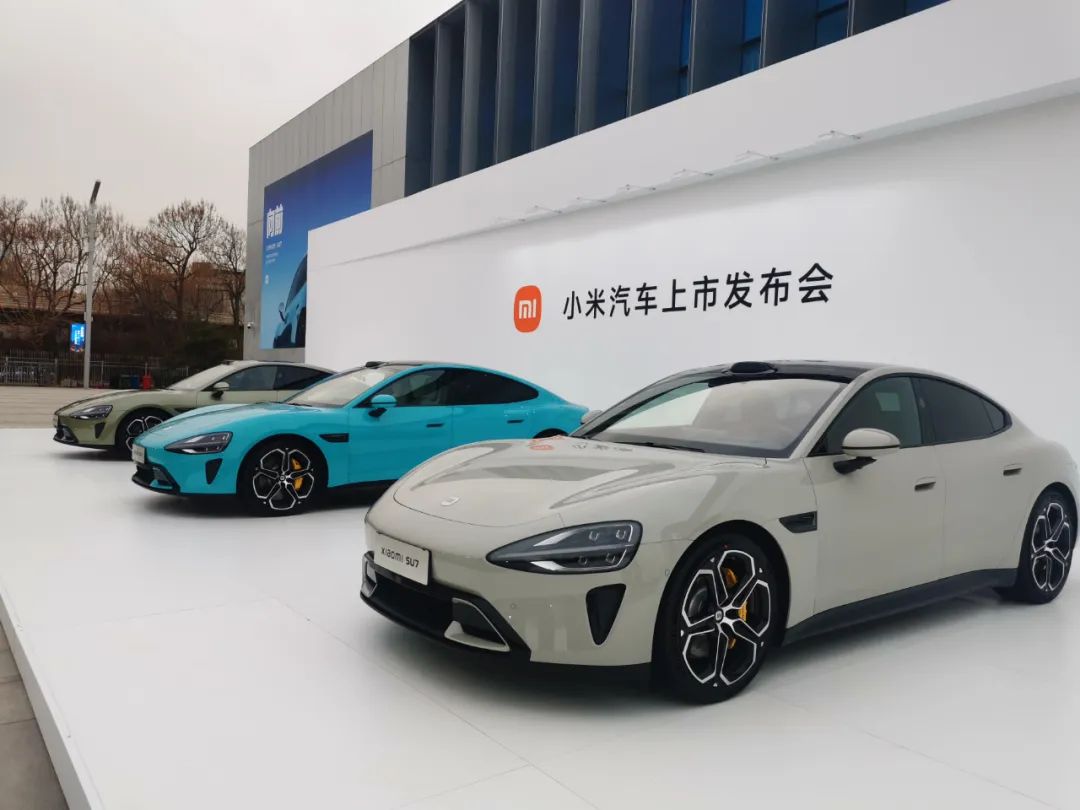
▲ Press conference site?pictureSource: Every reporter Li Xing photo
In fact, since the official announcement of the listing date of Xiaomi SU7 on March 12, since the evening of March 28, Lei Jun’s personal Weibo activity has increased rapidly, and he has intensively created momentum for the listing of Xiaomi SU7. As of March 27, Lei Jun has released nearly 50 related contents and videos about Xiaomi SU7, factories, manufacturing processes, etc., including the video of "Lei Jun answers questions from netizens" in five episodes, and the mystery of Xiaomi SU7 has also been separated with Lei Jun’s explanation.
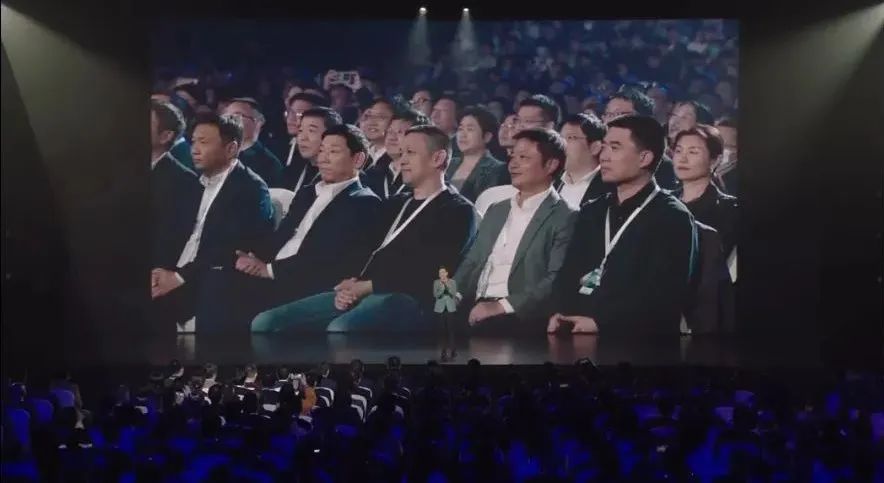
▲ Guest at the press conference Source: Live video screenshot
"This is worth learning from all new and old players. That is, a well-planned and rhythmic marketing strategy. Use the appeal of Xiaomi brand and Lei Jun to guide consumers to look down and go down step by step along the purchase funnel. At the same time, the rhythm of marketing is also very strong, which pushes up the attention of the market step by step, never stays cold, keeps freshness and heat, and finally pushes it to the climax of listing. " On March 27th, Mei Songlin, a senior analyst in the automobile industry, said in an interview that the marketing process of Xiaomi Automobile, from technology to production, to products and finally to price, from inside to outside, from connotative technology to denotative products and prices, guides consumers to accept their products and prices more naturally.
"Just like we cook and eat, if we put the dishes on the table directly, it will feel like a common meal. If people who eat pay attention to the careful preparation of dishes, the cooking process and the addition of various seasonings, this meal will be particularly different and cherished. " Mei Songlin told reporters.
For Xiaomi SU7, Lei Jun emphasized that it was Xiaomi’s painstaking efforts more than once. On the eve of the launch of the new car, Lei Jun wrote in the Weibo, "If everyone feels good, please encourage more; If you feel bad, please point out that we will definitely listen carefully and work hard to improve, but please spray lightly. "

The standard version has a comprehensive cruising range of 700 kilometers.
Different versions are equipped with Contemporary Amperex Technology Co., Limited and BYD batteries respectively.

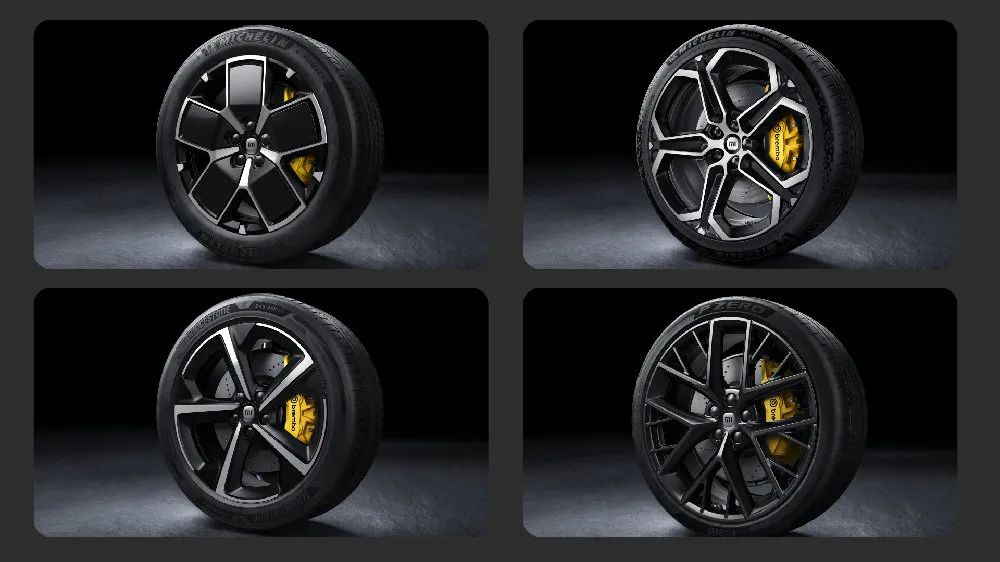
▲ XiaomiSU7Four kinds of hub tire combinations pictureSource: Xiaomi Auto Official Weibo
According to Lei Jun, the standard version of Xiaomi SU7 has a comprehensive battery life of 700 kilometers under CLTC working conditions. With the same 19-inch wheels, the battery life of Xiaomi SU7 standard version directly exceeds the long battery life version of Model 3. Xiaomi SU7 Max has a battery life of 810 kilometers, which is the only pure electric vehicle in China that can achieve 2-second zero-speed acceleration and over 800 kilometers battery life.
At the beginning of research and development, Xiaomi set a goal: to be the fastest production car within 500 thousand yuan, and to have the best driving experience within 500 thousand yuan. "Xiaomi Automobile wants to build’ Dream Car’ comparable to Porsche and Tesla’." Lei Jun stressed.
On March 28th, before Xiaomi SU7 went on the market, the reporter visited a 2S store in Beijing and learned that Xiaomi SU7 will be equipped with Contemporary Amperex Technology Co., Limited’s ternary lithium battery and BYD’s Ferrous lithium phosphate blade battery on different models.
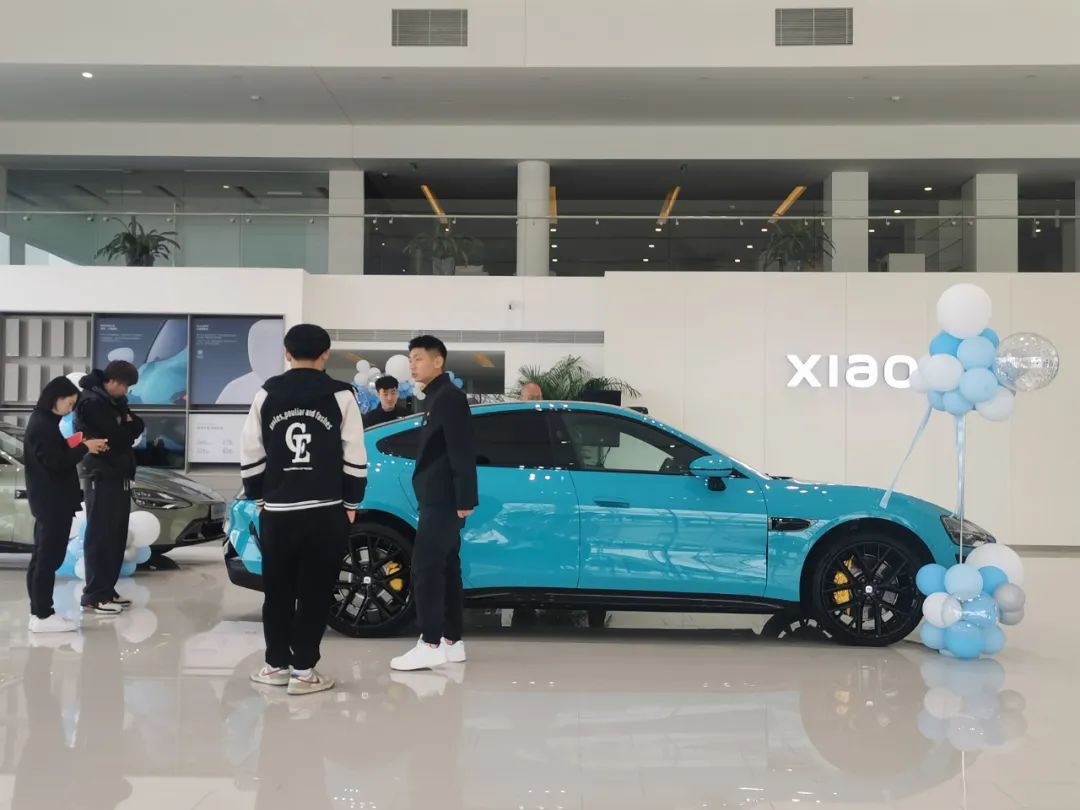
▲ Beijing Daxing Xiaomi 2S Store Image source: Every reporter Li Xing photo
In Lei Jun’s view, intelligence is the soul of a car, and intelligence is Xiaomi’s strength. "Intelligent driving is an emerging track that Xiaomi Automobile focuses on. The company will continue to invest in the direction of self-developed intelligent driving technology in the whole stack, with the goal of entering the first camp in the industry in 2024." Lei Jun said.
At the press conference on the evening of March 28, Lei Jun was rightXiaomi automobileOur goal is to become the top five automobile manufacturers in the world through 15 to 20 years’ efforts.
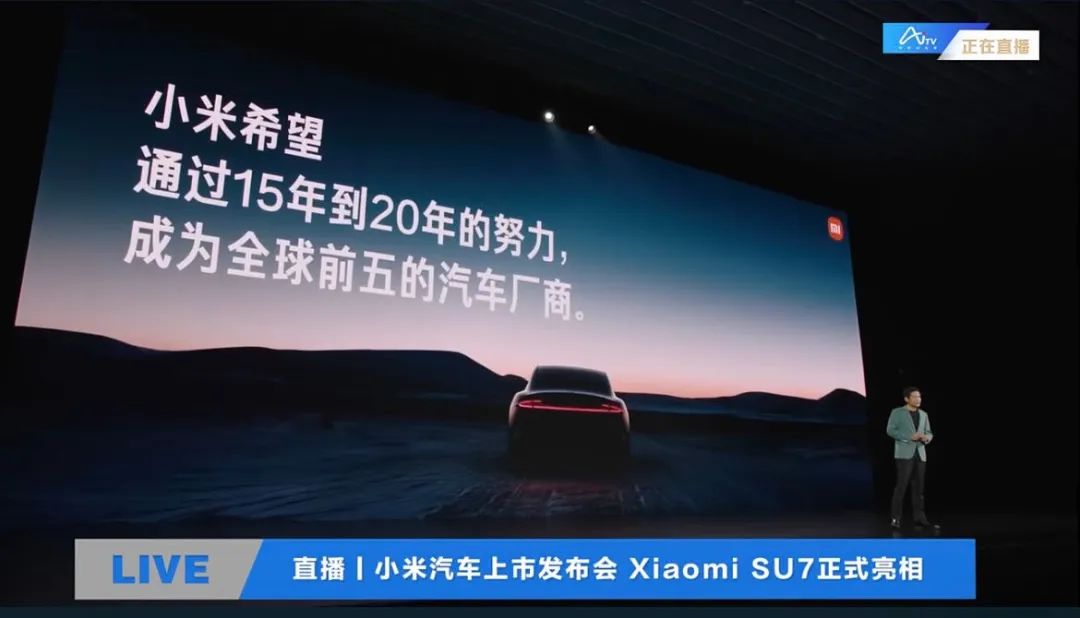

Is it an explosion when it goes public?
Expert: There is a tough battle to be fought.

After the price is announced, the competitive environment of Xiaomi Automobile is instantly clear, and the challenges it will face are more certain.
On the one hand, it is the space pressure brought by the overall market trend. According to the latest data released by the Association, in February this year, the output, wholesale volume, export volume and retail volume of pure electric vehicles in the domestic new energy vehicle market.compare to the same period of the previous yearBoth showed a double-digit percentage decline. Looking back on the past year, the market share of pure electric vehicles in the domestic new energy vehicle market has dropped from 70.7% (March 2023) to 56.5% (February 2024).
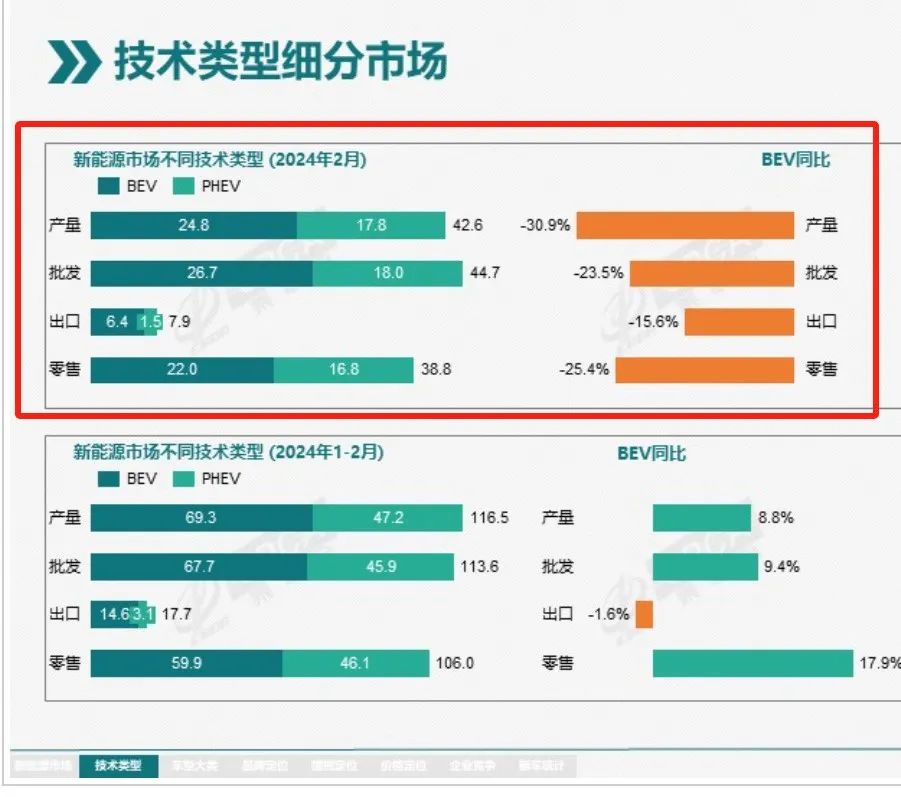
▲ Image source: official website
It is worth noting that the sales volume of the pure electric car market where Xiaomi SU7 is located is the most obvious decline. According to the data of the Federation, in February this year, the sales volume of domestic pure electric cars was about 129,400, down 26.1% year-on-year and 43.3% quarter-on-quarter. Even based on the data of the whole year of 2023, the data of the Association show that the total domestic C-class pure electric car market last year was only about 254,000, and the penetration rate was only 1.2% of the overall market, with a year-on-year growth rate of 15 percentage points lower than the broader market.
On the other hand,Some people think that the overall growth rate of the market slows down and overlaps the narrow subdivision track, or firmly locks the development upper limit of Xiaomi SU7. The car market "Red Sea", which has gathered many powerful players such as Tesla Model 3, BYD Han EV, Kyk 007 and Tucki P7, has a high market concentration, which makes it more difficult for Xiaomi to break through.
According to official data, the direct benchmarking model Tesla Model 3 of Xiaomi SU7 sold about 147,000 vehicles in 2023, which is equivalent to the existing planned production capacity of Xiaomi automobile production base. The monthly sales volume of BYD Han EV is stable at around 10,000 vehicles; The "Geely" Galaxy E8, brand-new Krypton 001 and Krypton 007 cover the price range of 170,000 ~ 330,000 yuan. According to Jason Lin, vice president of Krypton Intelligent Technology, the monthly sales of Krypton 001 and 007 will hit 10,000 vehicles in April this year.?
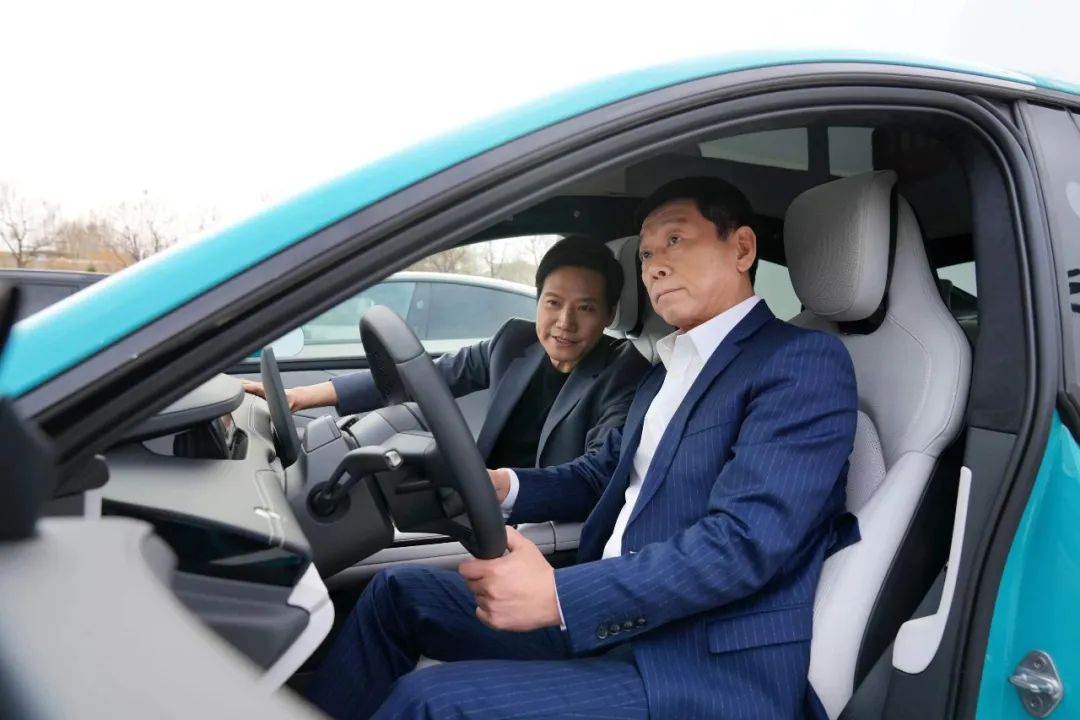
▲ Lei Jun presented Wei Jianjun (right), Chairman of Great Wall Motor, with a Xiaomi su7 enterprise for the picture.
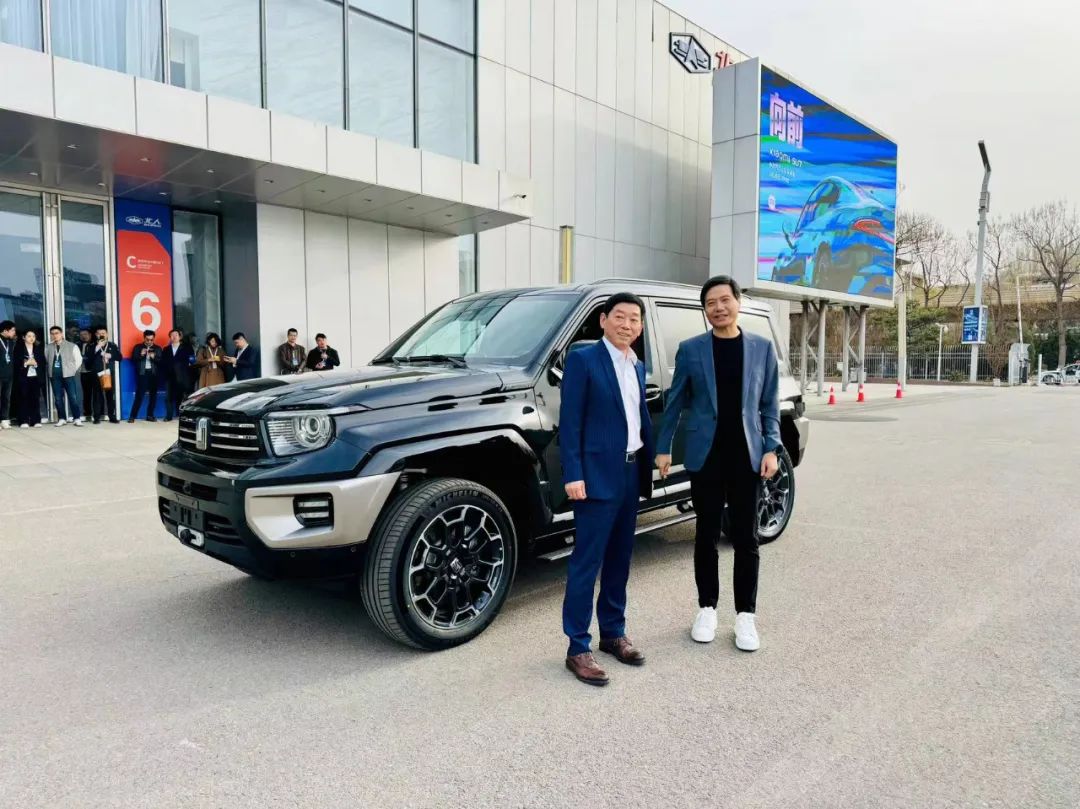
▲ Wei Jianjun, Chairman of Great Wall Motor, presented Lei Jun with a tank 700Hi4-T.?Photo courtesy of enterprises
More crucially, the above-mentioned models not only have the first-Mover advantage, but also have the scale effect and cost reduction potential. For example, the gross profit margin of Tesla bicycles was the lowest in recent years in the fourth quarter of 2023, but it was still 16.6%; After the baptism of last year’s price war, BYD’s gross profit margin of its automobile business increased, reaching 23.02%, up 2.63 percentage points year-on-year; Although Krypton has not successfully turned losses, its gross profit margin of the whole vehicle has reached 15%. With the continuous increase in the number of models with vast structures, the cost advantage brought by the high universal rate of parts will be further released.
The gross profit level and scale advantage are undoubtedly the decisive ability in the current price war competition. Statistics show that since late February, about 10 car companies have successively lowered the prices of their models. The price adjustment models are mainly pure electric and hybrid models, and the prices are concentrated in the range of 100,000 ~ 200,000 yuan, with the highest drop of nearly 15%, reaching 30,000 yuan.
In this context, many netizens ridiculed that the pressure was given to Xiaomi Automobile. "Recently, many friends have asked, the current industry competition is very fierce. Is Xiaomi Auto confident to open the market? Of course, we have confidence, because we are Xiaomi Automobile and we are fully prepared. " Lei Jun publicly responded that.
According to the goal set by Lei Jun, the sales target of Xiaomi automobile production car in the first year of delivery is 100,000, and it has entered the first camp of the industry; Through 15 to 20 years’ efforts, Xiaomi Automobile will become the top five automobile manufacturers in the world. "I am particularly worried that when it comes to fire, everyone will not buy it. What is even more worrying is that if everyone comes to buy it, it will take a year or two, and it will definitely be miserable. " Earlier, Lei Jun said in an interview with CCTV News.
Not only Lei Jun, but also Xiaomi automobile terminal sales are full of confidence in Xiaomi SU7 sales. A few days ago, when the reporter visited the offline store of Xiaomi Automobile, some sales said that he was not worried about the sales of Xiaomi SU7, but worried that if the pricing of the new car was particularly cost-effective, it would be difficult for the store to undertake. "If this car sells too well, I am afraid that the production capacity will not keep up, which will make consumers wait too long." The above salesperson explained.
However, for Xiaomi SU7, Mei Songlin, a senior analyst in the automotive industry, gave a different answer. "Xiaomi is a user-oriented enterprise, and the success of its products must be based on an accurate and thorough understanding of target users and target markets. But for Xiaomi, the automobile market is a brand-new market. Xiaomi also has a process of trial and error, learning and iteration, which is unlikely to be achieved overnight. " Mei Songlin said.
In fact, Xiaomi has entered the smart phone market since 2010. At present, it is the top three mobile phone companies in the world and the largest consumer-grade AIoT platform in the world. Whether it is OS, AI or robots, it has accumulated very comprehensive technical capabilities. These capabilities will be gradually applied to automobiles, and "smart driving+smart cabin+ecology" will become the technical commanding heights for Xiaomi automobile to participate in the competition.
Mei Songlin also admitted that in addition to the natural advantages of the new Internet forces, Xiaomi is good at both software and hardware, and has a strong ecological advantage. Relying on its growing ecosystem, it is possible to establish a vertically integrated industrial chain similar to BYD. But all success must be based on a thorough and accurate understanding of the target users and target markets.
Professor Ji Xuehong of north china university of technology also said in an interview that the current industry is in the second half of the intelligent development of automobiles. Although Xiaomi Automobile has certain advantages in intelligent hardware, and has formed certain user reputation and brand reputation, it is very difficult for Lei Jun to lead Xiaomi Automobile to break through in the increasingly competitive intelligent electric vehicle market. At least a few years after Xiaomi entered the market, there was a tough battle to fight.

Establish a "1+N" new retail model
Expert: It will reduce the cost input.

Like all car companies, Xiaomi Automobile practiced the strategy of "channel first", and when Xiaomi SU7 appeared at the end of last year, it simultaneously opened the channel layout.
On December 28, 2023, Xiaomi Group officially signed a letter of intent for cooperation with the first batch of 14 sales and service partners in Beijing headquarters, and issued the "Open City Recruitment Plan". The first batch of open cities included 17 cities including Suzhou, Chongqing, Ningbo and Nanjing. The recruitment type is Xiaomi Automobile Sales and Service Integrated Store (2S), and its functions include new car agency sales and authorized after-sales service, but it does not include the functions of vehicle resale and vehicle delivery. "Xiaomi’s automobile sales model fully integrates the experience of Xiaomi Group’s new retail system and creates an industry-leading new retail model for automobiles." Xiaomi Automobile said that Xiaomi Automobile’s sales, delivery and service channels give priority to the head market in the "1+N" mode and are distributed nationwide in batches.
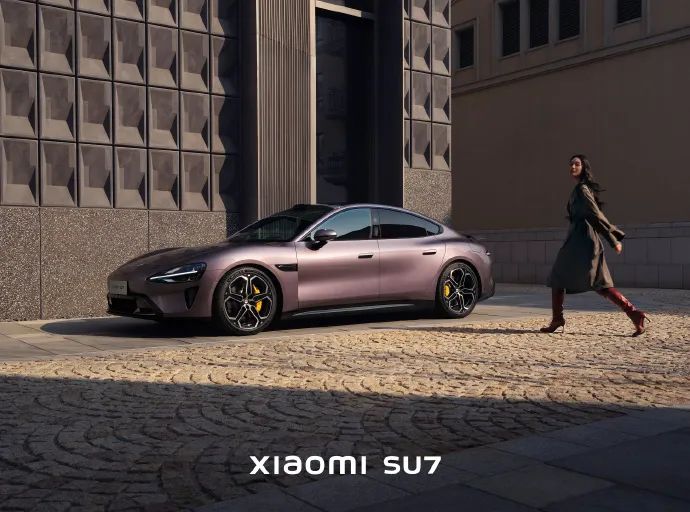
▲ Image source: Xiaomi Auto official Weibo
It is reported that "1" stands for Xiaomi Auto’s self-built and self-operated delivery center, which focuses on delivery and covers the business of "sales and after-sales service". "N" stands for agent sales and user service contact. "The construction of sales stores and the construction of after-sales service network belong to heavy asset investment. Xiaomi Automobile will divest these two parts and put them on the traditional dealer side, which can not only use the advantages of traditional dealer channels to quickly increase sales, but also decompose capital investment and reduce input costs." Yan Jinghui, a member of china automobile dealers association Expert Committee, said in an interview.
According to Zhou Jingxia, assistant president of Shandong Yuantong Automobile Trading Group, this marketing model of Xiaomi Group can give full play to the resource advantages and network layout advantages of traditional dealers. Reducing the 4S mode to 2S mode can loosen the traditional enterprises, reduce the pressure of heavy asset management, mobilize the enthusiasm of enterprises, stimulate the vitality of enterprises and reduce their own operating costs.
Thanks to the first layout of the channel, Xiaomi Automobile can synchronize the first batch of tasting activities when setting the time for listing Xiaomi SU7. On March 25th, 59 stores and 17 limited-time exhibition halls in 29 cities across the country, a total of 76 stores started the static tasting of new cars at the same time, but it was limited to watching the appearance of Xiaomi SU7, and it was forbidden to open doors for internal experience and appreciation.
On March 26th, the reporter visited a 2S shop of Xiaomi Automobile in Beijing and learned that the Xiaomi SU7 exhibition car will be unlocked after 7 pm on March 28th, and the final decision and test drive will be started simultaneously. At that time, Xiaomi SU7 could not accept the user’s intention money.
On the occasion of the official operation of the first batch of stores of Xiaomi Automobile, Lei Jun has begun to openly solicit opinions from netizens for the site selection of the second batch of cities. "We collected everyone’s opinions, sorted out the candidate list (the list of 20 candidate cities), and asked everyone to help us choose 10 cities. We immediately chose the site for construction." On March 22nd, Lei Jun wrote in Weibo that.
From the outside world’s point of view, Xiaomi Automobile quickly laid out its channels throughout the country, which is conducive to expanding the user contact area of its products and preparing for its rapid increase in volume in the later period.
Everbright Securities believes in its research report that although Xiaomi entered the automobile market late, it is still possible to enjoy the advantage of backwardness. In addition, Xiaomi’s brand, user base, offline store channels, ecosystem and sufficient cash flow will all reflect its competitiveness.
He Xiaopeng, chairman and CEO of Xpeng Motors, once said that Lei Jun has a great chance to make good use of Xiaomi’s advantages. "Xiaomi Auto seems to be the last new force to build a car." He Xiaopeng publicly stated at the committee of 100 Forum on Electric Vehicles in China (2024) held on March 16th.

Lei Jun’s "Last Battle"

Three years ago (on the evening of March 30th, 2021), when Lei Jun shouted "Fight for Xiaomi Automobile", he showed his determination in last stand. At that time, Lei Jun said, "This is the last major entrepreneurial project in my life. I am willing to put all my reputation in life and personally lead the team to fight for Xiaomi Automobile!"
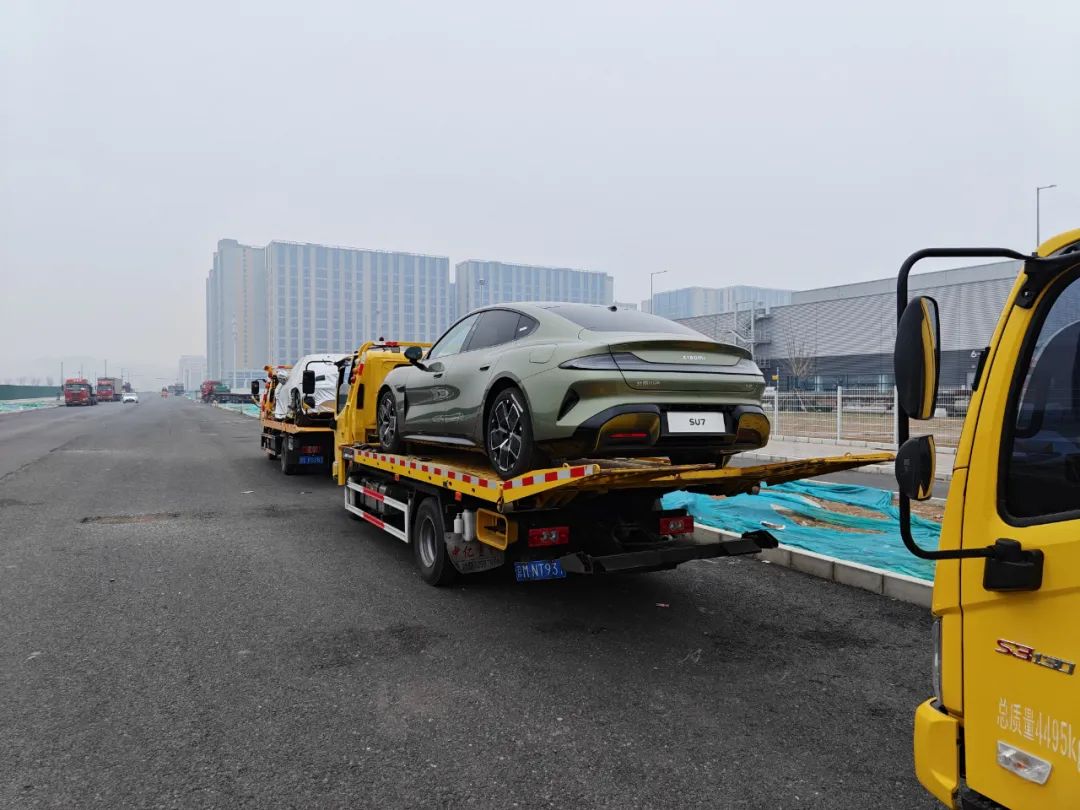
▲ On March 27, at the entrance of Xiaomi Automobile Production Base, Xiaomi SU7 was ready to be shipped. Image source: Photo by reporter Dong Tianyi.
Since the official announcement of the listing date of Xiaomi SU7 on March 12, and the evening of March 28, Lei Jun’s personal Weibo activity has increased rapidly, and he has intensively promoted the listing of Xiaomi SU7. As of March 27, Lei Jun has released nearly 50 related contents and videos about Xiaomi SU7, factories, manufacturing processes, etc., and also released a video of "Lei Jun answers questions from netizens" in five episodes.
From the video of "Lei Jun answers questions from netizens", Lei Jun sat in Xiaomi Automobile Factory, and publicly responded to Xiaomi SU7 pricing, vehicle positioning, how to treat Apple’s termination of car-making, the advantages of Xiaomi’s car-making, and the comparison of Xiaomi’s car-making with Tesla and Porsche.
On March 25th, Lei Jun said frankly in his personal Weibo, "In the past three years, I have been trembling every day, experiencing various difficulties and challenges. But there has always been a voice in my heart: forward! "
In fact, many people outside said they did not understand Lei Jun’s announcement that Xiaomi would build a car across the border and make it the last battle of his life. "Extending from smart phones to smart cars is the dream of all mainstream mobile phone manufacturers in China, and Xiaomi is no exception." On March 27th, Mei Songlin, a senior analyst in the automobile industry, said in an exclusive interview with every headline reporter that Xiaomi’s original ecology only lacked cars. Once people, cars and smart products are all available, its ecological advantages and comprehensive competitive advantages in the value chain will be further highlighted. Not only that, Xiaomi’s main competitor Huawei made cars across the border, which also promoted Lei Jun’s determination to lead Xiaomi to make cars to some extent.
Lei Jun had previously admitted in CCTV’s "Genting Dialogue" program that it was a forced decision for Xiaomi to build a car. "If you want to be a great company, you must follow the wind. At that time, the slogan was to develop smart electric vehicles." Lei Jun said that smart electric vehicles have become the integration of the automobile industry and consumer electronics, so it is a forced decision to build a car with Xiaomi. "If you don’t do it, you will fall behind."
After deciding to build a car, Lei Jun has been studying, researching and learning the advanced experience of various car factories, and has personally been to many car factories for investigation and study. It is reported that Xiaomi Automobile Factory set the engineer’s office in the middle of the workshop with reference to Mercedes-Benz Automobile Factory. In this way, the problem can be seen at a glance and the speed of dealing with the problem will be faster.
In November 2021, Xiaomi Automobile officially settled in Beijing Economic and Technological Development Zone, and planned to build a vehicle factory in two phases, with an estimated production capacity of 300,000 vehicles. The first phase covers an area of about 720,000 square meters with an annual production capacity of 150,000 vehicles, which was completed in June 2023. The second phase is scheduled to start in 2024 and be completed in 2025.
It is reported that Xiaomi took out $10 billion at the beginning of the decision to build a car as a cash reserve for building a car in the next decade, of which 10 billion yuan was invested in the first phase. The 2023 financial report released by Xiaomi Group (HK01810, share price of HK$ 14.94, market value of HK$ 372.7 billion) shows that the R&D expenditure of Xiaomi increased from 16 billion yuan in 2022 to 19.1 billion yuan in 2023, a year-on-year increase of 19.2%, mainly due to the increase in R&D expenditure related to smart electric vehicle business and other innovative businesses.
On December 18 last year, Lei Jun revealed that the first car of Xiaomi Automobile invested 3,400 engineers as a whole, and the entire R&D investment has exceeded 10 billion yuan.
Lei Jun said that the average car company has invested 300-400 people in building a car, and the R&D expenditure is 1-2 billion yuan, but Xiaomi is "more than ten times the investment". "There is no shortcut to the century-old track. I knew from the first day when I announced the car. We only have one way, that is, starting from the underlying core technology, investing 10 times, seriously building a good car, and being patient." Lei Jun said.
Planning |He Qiang Cong Gang Fan Wenqing
Reporter |Li Xing Dong Tianyi
Edit |Du Hengfeng, Yiqijiang, Cheng Peng
Vision |Liu qingyan
Typesetting |Yiqijiang
 | national business daily ?nbdnews??Original article |
| national business daily ?nbdnews??Original article |
Reprinting, editing, copying and mirroring are prohibited without permission.
